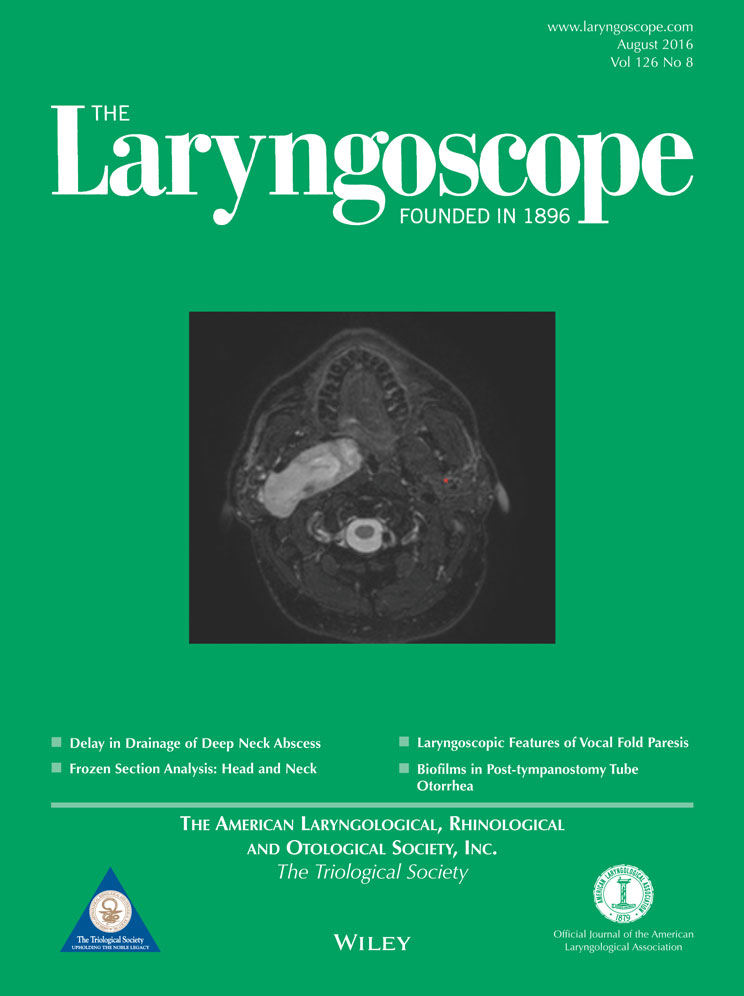Histoanatomical characteristics to increase the success in transoral surgery for hypopharyngeal cancer
The authors have no funding, financial relationships, or conflicts of interest to disclose.
Abstract
Objectives/Hypothesis
Transoral laser microsurgery (TLM) for hypopharyngeal cancer results in a lower incidence of complications than conventional open surgery. However, additional knowledge regarding the histoanatomical characteristics of the hypopharynx is necessary to prevent severe complications during TLM. The purpose of this study is to investigate the histoanatomical characteristics of the hypopharynx for TLM.
Study Design
Histoanatomical study.
Methods
Whole organ serial sections of three hypopharynges and larynges from autopsy cases were subjected to hematoxylin & eosin and Elastica van Gieson staining. Surgical histoanatomy of the hypopharynx was observed with each section, and the histoanatomical characteristics directly related to TLM performance were examined microscopically.
Results
The histological structures of muscle layers showed obvious differences between each hypopharyngeal subsite. The posterolateral wall had two kinds of pharyngeal elevator muscles. These fasciae were connected to the perichondrium of the thyroid cartilage. The anterolateral wall between the superior horn and the lamina of the thyroid cartilage had no muscle layer. The superior laryngeal artery and the internal branch of the superior laryngeal nerve run into the larynx and hypopharynx at that site. The inner perichondrium of the thyroid cartilage was present beneath the mucosa. The dihedral angle of the anterior piriform fossa had a deep propria mucosa and paraglottic space. The postcricoid wall consisted of a multilayered structure, including cricoid cartilage covered with laryngeal muscles and mucosa.
Conclusion
A precise understanding of the histoanatomical characteristics of the hypopharynx increases the success of TLM, decreases complication rates, and improves laryngeal preservation.
Level of Evidence
N/A. Laryngoscope, 126:1783–1789, 2016




